Breaking Beta | Are Chalking Up and Shaking Out Actually Helping or Persistent Myths?


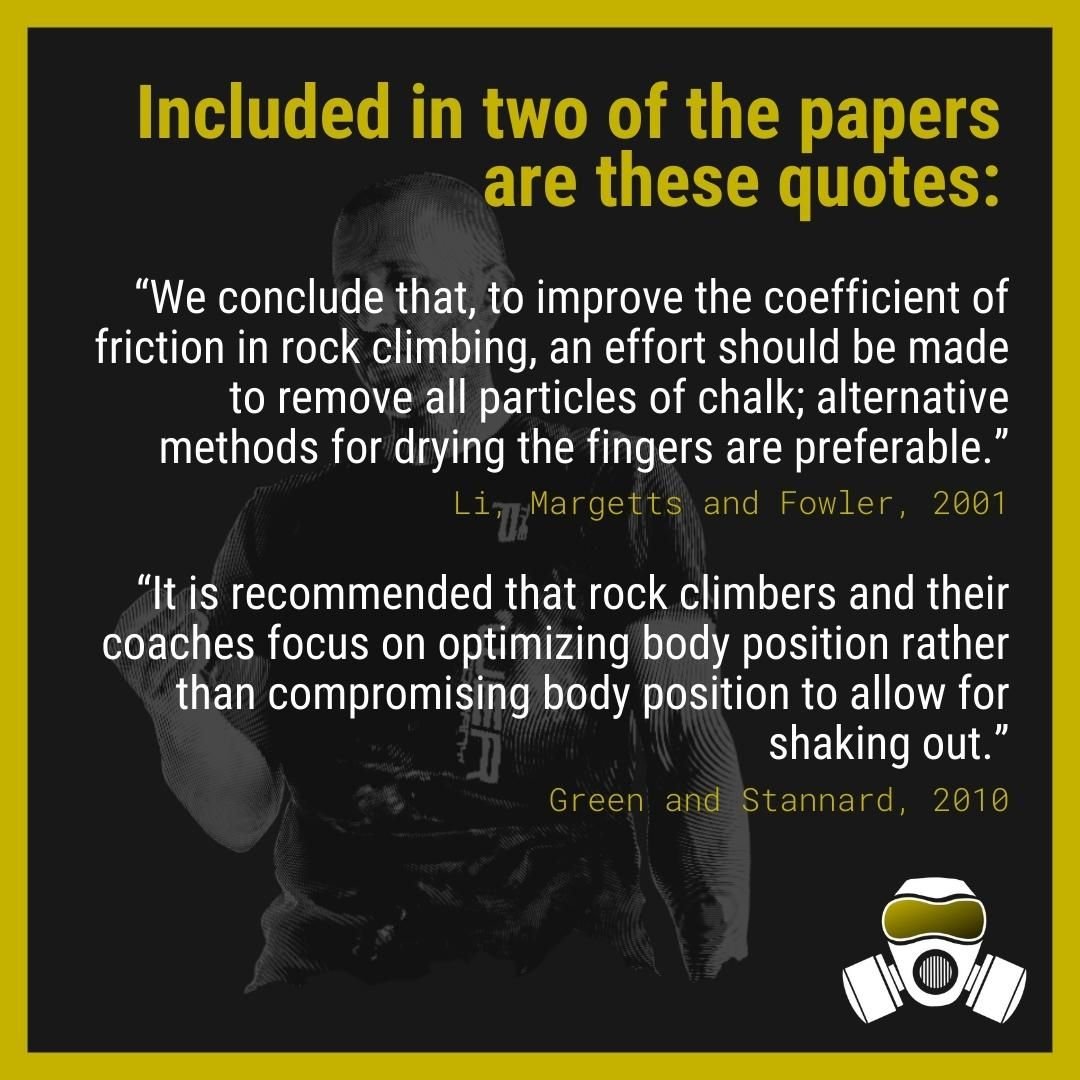
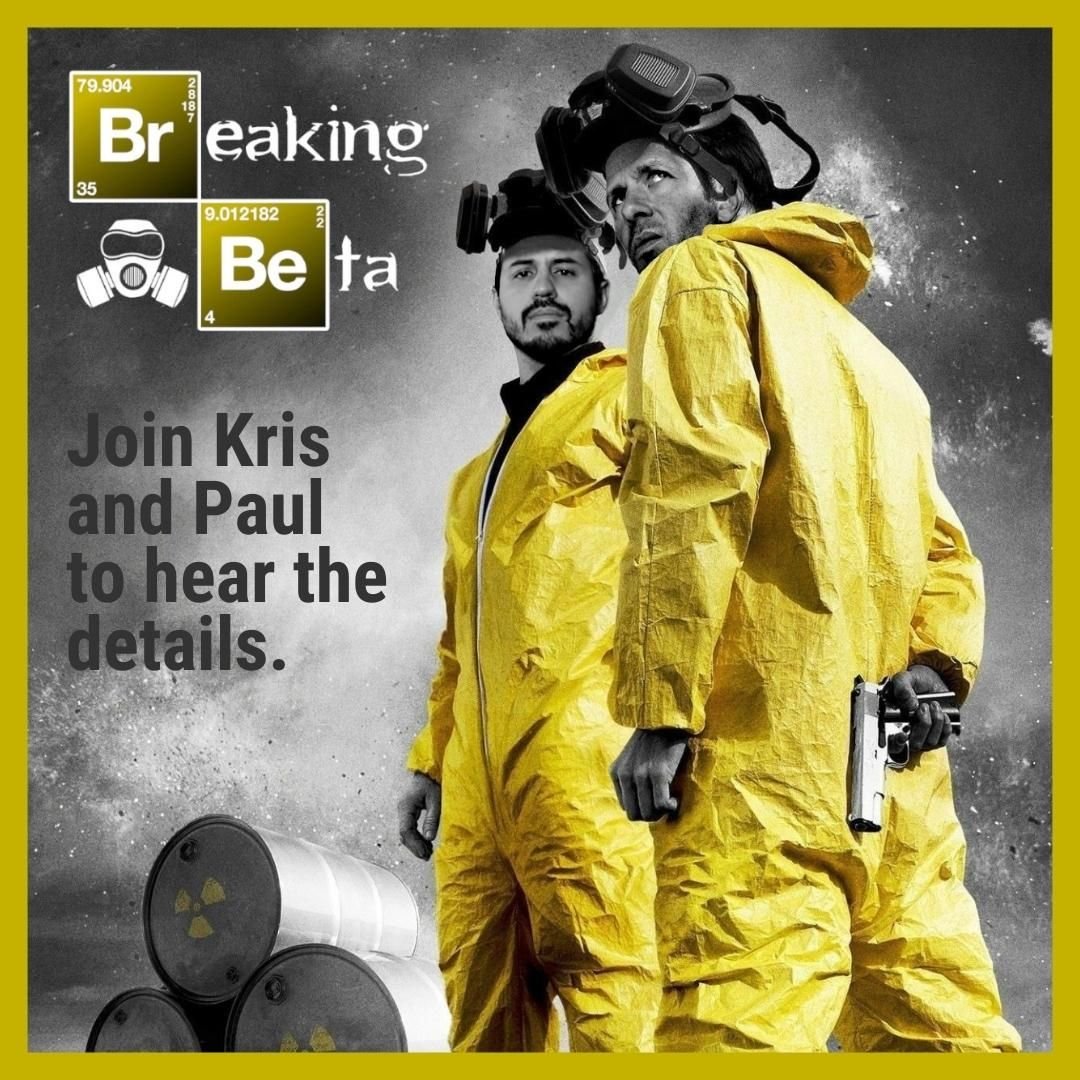

In this episode, Kris and Paul discuss the dangers of reading only the abstracts of research papers, by taking a look at what science says about chalking up and shaking out. They’ll reference multiple papers including:
Use of ‘chalk’ in rock climbing: sine qua non or myth?
Authored by François-Xavier Li, S. Margetts and I. Fowler; published in the Journal of Sports Sciences in July, 2001.
&
Active Recovery Strategies and Handgrip Performance in Trained Vs. Untrained Climbers
Authored by Jackson G. Green and Stephen R. Stannard; published in the Journal of Strength and Conditioning Research in February, 2010.
They’ll discuss how a study’s design can alter its results and their usefulness, and how key design aspects aren’t always included in abstracts. They’ll compare studies with better/worse designs, reminding us to dig a little deeper into a research paper before accepting the validity of its findings.
*Additional studies/resources mentioned in this episode:
The effect of chalk on the finger–hold friction coefficient in rock climbing
Authored by Arif Mithat Amca, Laurent Vigouroux, Serdar Aritan, and Eric Berton; published in Sports Biomechanics in 2012.
Friction between hand and different surfaces under different conditions and its implication for sport climbing
Authored by Franz Konstantin Fuss, Günther Niegl, and A. M. Tan; published in The Engineering of Sport 5, Vol. 2 in July, 2004.
The importance of friction between hand and hold in rock climbing
Authored by Franz Konstantin Fuss and Günther Niegl; published in Sports Technology in 2012.
Active recovery of the finger flexors enhances intermittent handgrip performance in rock climbers
Authored by Jiří Baláš, Michail Michailov, David Giles, Jan Kodejška, Michaela Panáčková, and Simon Fryer; published in the European Journal of Sport Science in 2016.
New episodes of Breaking Beta drop on Wednesdays. Make sure you’re subscribed, leave us a review, and share!
And please, tell all of your friends who tell you that liquid chalk and having your arm over your head while shaking out will allow you to climb a grade harder, that you have the perfect podcast for them.
Got a question? Comments? Want to suggest a paper to be discussed? Get in touch and let us know!
Breaking Beta is brought to you by Power Company Climbing and Crux Conditioning, and is a proud member of the Plug Tone Audio Collective. Find full episode transcripts, citations, and more at our website.
FULL EPISODE TRANSCRIPT:
Kris Hampton 00:00
Season Two of Breaking Beta is brought to you by Gnarly Nutrition. After the episode, use the code BETA15 for 15% off of your next order at gognarly.com or click the link in your show notes to have the code automatically applied. Gnarly Nutrition: Push your possible with science-backed, delicious sports nutrition
Breaking Bad Audio Clip 00:25
You look tired. Your eyes are kinda red. You getting enough sleep?
Breaking Bad Audio Clip 00:29
Actually, no. I'm working on this really complex new tat.
Breaking Bad Audio Clip 00:34
Yeah?
Breaking Bad Audio Clip 00:35
Yeah a guy wants his whole back done up. Him on his chopper with like, flames all around. And I keep showing him the design and he keeps asking for changes like "Give me more muscles", "Give me more flames" and I'm like a) This ain't the Sistine Chapel and b) I'm having enough trouble working around your zits.
Kris Hampton 00:53
It's all about the design. Paul. If you don't get that, right, everything goes to shit.
Paul Corsaro 00:59
What is it? Start from first principles....if you don't start from the right principles, it really doesn't matter what you get out of it.
Kris Hampton 01:05
Exactly. And today's episode is going to be a little bit different than usual. Rather than break down a couple of studies to find the main takeaways, we're going to show how the study design can drastically alter the results that you get. And you know, essentially, if you're only reading the abstract, then you might never even see that there's an issue there. And we're going to do that through the lens of chalking up and shaking out and we're still going to be giving you the main takeaways that we get from looking at all these papers that we're going to be looking at today. But we're mostly focused on how the study design, how some simple changes in study design can make all the difference. And I think most climbers would agree that both chalking up and shaking out are helpful....Most of us.
Paul Corsaro 01:59
I mean, man, you look at the like, the titles of both these papers, like you know "Chalking for climbing is a myth" or like, what is it? So the first paper is "Use of chalk in rock climbing, sine qua non", which I have written out, because I looked at it and I was like, "I don't know what that means" and so I looked it up. So "sine qua non" is "thing that is absolutely necessary", or is it a myth? And you're like, "Well, of course, it's not a myth. Like, are you kidding me?"
Kris Hampton 02:22
Haha right
Paul Corsaro 02:23
But, you know, maybe, maybe the findings are going to be a little bit different, or that like shaking out doesn't help. That's another one that just like, if you go from experience, you're like, "What are you talking about?" Like, you need to shake out, or at least if you're sport climbing, or if you're out of shape, then you just can't stop, you just have to go until you fall or get to the anchors, one of the two. But um,
Kris Hampton 02:43
Yeah, you know, most climbers are going to agree with that and even even if those statements are fiction,
Breaking Bad Audio Clip 02:51
And that is the fiction that we should be sticking to
Kris Hampton 02:54
We're sticking to it. It doesn't matter. We're going to keep chalking up. We're going to keep shaking out, no matter what science says. But when science, in like, in this case, in 2001, we have a paper from Li, Margetts and Fowler that says chalking up is a myth, and it doesn't help. And then 2010, we get a paper from Green and Stannard saying that shaking out doesn't help recovery. So when science says that, it would still be nice if somebody scientific could say, "Well, maybe that's not true". And in this case, the question is, is it possible the science got it wrong? And I think so. We've got several other papers that stepped in to refute the findings of these original papers. And it kind of reminds me of rap battles. Every paper in here, after the first ones, reference back to that, that initial paper and are like, "This flies in the face of this paper", and I'm like, "Yeah, get 'em".
Paul Corsaro 04:01
Haha yeah.
Kris Hampton 04:03
So. So I think it's
Paul Corsaro 04:06
Just really polite arguing.
Kris Hampton 04:08
Yeah, exactly. I think it's a really interesting way to, to look at the study design and see how it is going to change things, especially in a world where, you know, we often blindly just follow what we read on Instagram. Sometimes that stuff on Instagram is pulled straight from the abstract of a study. That study may not be true. And I think it's up to us as the the reader, the listener, the viewer, whatever, to do our due diligence and know what the, what the study is actually saying.
Paul Corsaro 04:43
Yeah, and, you know, sometimes someone might have even just, you know, explored a bunch of things of a few individuals they work with and call that a study, even though it's not even close to an actual study.
Kris Hampton 04:54
Yeah, some informal experiments, we will call them. Yeah. All right. Let's do this thing.
Breaking Bad Audio Clip 05:02
You clearly don't know who you're talking to, so let me clue you in
Paul Corsaro 05:06
I'm Paul Corsar
Kris Hampton 05:08
I'm Kris Hampton.
Breaking Bad Audio Clip 05:09
Lucky two guys but just two guys, okay?
Paul Corsaro 05:13
And you're listening to Breaking Beta,
Kris Hampton 05:15
Where we explore and explain the science of climbing
Breaking Bad Audio Clip 05:19
With our skills, you'll earn more you ever would on your own. We've got work to do. Are you ready?
Paul Corsaro 05:26
I am so ready. My hands have started to sweat and my fingertips are a little damp. I was about to chalk up, but I glanced at a paper and you know, I'm "evidenced based", quote unquote, so maybe I shouldn't do that. We'll find out. How about you? You ready?
Breaking Bad Audio Clip 05:41
And that is the fiction that we should be sticking to.
Kris Hampton 05:44
Haha. I am. I came up in the Cincinnati hip hop scene where we had a festival every year called Scribble Jam that was based entirely around DJ battles, and b-boy battles and MC battles and this is rock climbing science battles, so I'm all for it.
Paul Corsaro 06:06
Cool.
Kris Hampton 06:07
Let's have you take us through the methods
Breaking Bad Audio Clip 06:10
In a scenario like this, I don't suppose it is bad form to just flip a coin?
Paul Corsaro 06:17
Alright, so for this study, we'll just start with the population like usual. They took 15 students.
Kris Hampton 06:25
And this is the chalking paper, is that right?
Paul Corsaro 06:27
Correct, yes, yeah. Chalk for climbing is a myth with... that's the Li, Margetts and Fowler paper. Yes.
Kris Hampton 06:35
Yeah.
Paul Corsaro 06:36
So 15 students, 20 to 22 years of age. And pretty much they looked at the ability to honestly slow down a piece of rock until they couldn't. So they took this square of either sandstone, slate or granite, so they had three different rock types, and then attached to this apparatus where it was on a carriage where it would move back and forth. They would attach a weight to it and they would restrain the individual's arm to where their fingertips were just on the plate of rock, which again, was either sandstone
Kris Hampton 07:12
Granite or slate
Paul Corsaro 07:13
What they would do is when they had the force on the plate, they had some string gauges set up to measure the forces involved in the system and they had the fingertips on this slate. And they would have the individual slowly reduce pressure on that piece of rock, whatever type it was, until they couldn't hold it anymore. And they would look at a) the rock type, they would look at the force that was generated and the conditions to which the individuals hands were touching the rock with. So they had these different conditions where it was a dry condition, where the participants cleaned their hands with water and mild detergent, but had nothing else on it. They had dry plus chalk, where they also dried those hands. The individual chalked those hands and they also tapped the back of the hand to remove any excess or how rock climbers normally follow a similar procedure or blow on the hand. I don't think that's like, you know, in the textbook of rock climbing technique. You know, you'll see it
Kris Hampton 08:19
It's funny to me that they went with "Let's let's insert some rock climbing procedure here" into this test where we're having someone sit on a chair, not move, pull the rock away from them and have them release pressure slowly, which is you know, exactly like rock climbing haha
Paul Corsaro 08:38
Man, I just wish they forced everybody to blow on the hand. That at least would add some steez to this, right?
Kris Hampton 08:43
Haha. We'd have to take into account all the particles of spit that get mixed in. That might be helpful, you know,
Paul Corsaro 08:53
But yeah, so so that was the so we had the dry condition and we had the dry plus chalk, which you just talked about. We also have the wet condition, where the pads of the fingers were pressed into a damp sponge. This was aimed at reproducing the conditions encountered when the hands are sweating. And after they press it into the damp sponge, they tried to hold on to that piece of rock as long as possible, while slowly reducing pressure until the sample would slide away. The next condition was wet plus chalk, so they wetted the hand as well, pressing into that sponge and then they would also chalk the hands and again, see at what point the sample of rock started moving away. So using the examples of the force they had when the rock started moving, they were able to deduce the coefficient of friction from there. So they were just trying to see what level of the coefficient of friction would the sample start moving based on the condition of the hand, whether it was dry, dry plus chalk, wet or wet plus chalk. And you know, just looking at this whole setup, if I had to explore chalk and how it effects on a hand, and how it effects on performance of rock climbing, and I had to think about a way where I could explore this in a way as far away from actually rock climbing as possible, I think I would sit for a few hours and probably still not even get this far.
Kris Hampton 09:11
Haha
Paul Corsaro 09:20
Like, going from a technical aspect...you know, everyone argues about sports specificity, right? How do we make something specific?
Kris Hampton 10:31
Right
Paul Corsaro 10:31
I think, you know, if I want to rationalize whatever choice I make with climbing, or testing or training or whatever, I think the one fall back or the one crutch I have is intention. You know, if we can make our intention specific, that's at least one way we can make things specific. The intention of this whole setup was the exact opposite of climbing. The intention was letting go.
Kris Hampton 10:54
Hahaha
Paul Corsaro 10:55
And I think in that way, like, you really have to take what they find with a grain of salt, in my opinion. It just seems like the intention is diametrically opposite to what we're looking for in rock climbing.
Kris Hampton 11:08
Yeah totally.
Paul Corsaro 11:08
Do you have anything else you want to add on the methods? I kind of... again, went on one of my rants, but
Kris Hampton 11:12
I mean.......I'm gonna I'm gonna pull this sample back out from Season One.
Breaking Bad Audio Clip 11:20
Oh, hey guys! You forgot something!
Kris Hampton 11:23
And the thing they forgot was rock climbing.
Paul Corsaro 11:28
Haha. For sure.
Kris Hampton 11:29
They decided they were going to look for the coefficient of friction? And really, what they ended up just looking for was, "How little pressure can we put on a panel of rock before we slipped from it?". You know, that's, that's not rock climbing, at all. So maybe they're finding something to do with the friction, but they're missing a really key component to the coefficient of friction in rock climbing. And we'll explore that a little bit later, but I think the minute you get into the methods of this paper, and you look at this setup, you have to go, "What? This doesn't make any sense".
Paul Corsaro 12:12
It really feels like a bunch of ....and I'm making wild assumptions about these authors, so you know, someone correct me, please do....it feels like we had a bunch of material science engineers do a paper about rock climbing who have never seen the sport of rock climbing.
Kris Hampton 12:26
Yeah, that's exactly how it felt to me. That's why I say I think they totally forgot rock climbing in their... in this equation here. And in the abstract of the paper, just to point out here, they make the statement, and I quote, "We conclude that to improve the coefficient of friction in rock climbing, effort should be made to remove all particles of chalk. Alternative methods for drying the fingers are preferable." And I think it's pretty easy, once you see these methods, that this statement just simply can't be accurate based on what they found.
Paul Corsaro 12:59
And man, I could see something float out on the internet tomorrow where someone cites this paper, and is like, "Hey, we've been doing it all wrong. This is what we need to do."
Kris Hampton 13:08
Totally.
Paul Corsaro 13:09
Yeah.
Kris Hampton 13:09
Before we before we tear this one apart with the help of many other studies that looked at the same thing, ;et's, let's go through the methods of the shaking paper from Green and Stannard in 2010.
Paul Corsaro 13:24
So for this study, there were 18 individuals. Nine were indoor rock climbers, all male. Nine were untrained participants, five were men, four were female. They did a battery of tests here. The first one, they looked at max strength on a hand grip. Again, we're all using a hand grip, so I don't really know how much of this is going to really translate towards climbing performance. So they looked at a max hand grip score. They did some fatiguing exercises, which is pretty much multiple sets of 3:1 repeaters on that handgrip. They looked at some surface EMG and then they finished with 20 squeezes for time pretty much which is like pretty much hand grip CrossFit.
Kris Hampton 14:04
Hahaha
Paul Corsaro 14:06
And then they looked at how this tied to climbing performance or recovery or the force generated. To be honest, I kind of zoned out a little bit because I saw the hand grip and I'm just like, "Eh, this isn't really going to correlate really all that well."
Kris Hampton 14:22
Yeah, same man. You know, some of it some of it is smart. Like some some parts of their setup is smart. But they they recognize that squeezing this thing doesn't really look at all like climbing. You know, they.... someone once, years ago, I believe it was Watts and I don't remember what year that was, said in a paper that it correlates to climbing ability. And they say in this paper, they feel like it has "adequate specificity". So they know they can get more specific. It's 2010. Hangboards are around. You know we can hang from strips of wood already. But they're aware. "We could get more specific but this is adequate."
Paul Corsaro 15:08
I mean, if you look at that line in the paper, seven lines higher, they say, The hand grip exercises and hand grip dynamometer used in this study do not simulate all the hand grip positions that are encountered during rock climbing." So,
Kris Hampton 15:19
Or any of the hand grip positions encountered in rock climbing haha.
Paul Corsaro 15:23
I wish I could.....here I don't know if you can.... I'll just... on the paper, I have written with an arrow, "Or any" and with that highlighted, so
Kris Hampton 15:31
Hahaha.
Breaking Bad Audio Clip 15:34
Leave that for smarter minds than me. Science is a mystery.
Kris Hampton 15:38
Yeah, man, I, I don't get it, you know. And in the abstract, they say, "It's recommended that rock climbers and their coaches focus on optimizing body position rather than compromising body position to allow for shaking out" as if shaking out is always in some compromising body position. Are you always supposed to have two hands attached to the rock? I don't know. I don't understand.
Paul Corsaro 16:03
Man, like, I don't know, maybe these researchers are climbers, but it just feels like both the previous paper and this paper, I just feel like these people haven't really rock climbed.
Kris Hampton 16:12
Yeah, that's how it feels to me as well. Maybe before we go to break, let's just take a quick look at some of the changes in methodology. We don't have to go through all the methods and the participants and all of that. But what changes in methodology were made in the papers we found that refute these two? I pulled, initially, like six or seven other chalking papers, all, all in response to this. I narrowed it down to three others that we have here. Fuss, Niegl, and Tan from 2004, Fuss and Niegl from 2012 and Amca et al in 2012. And those methods, I think, make more sense from all of those papers. They ended up doing some version of hanging or pulling on an edge.
Paul Corsaro 17:13
Yeah, I think some one of the big points, especially with the Fuss and Niegl and Tan and the Fuss and Niegl paper, again, I'm probably butchering those names. Yeah, like you said, they're hanging. The intention is to actually hang on to a hold, which is, again, if we want to move things into a broad brush as to "How can we make things specific?", let's look at intention. One is to let go. One is to hang on.
Kris Hampton 17:39
Haha
Kris Hampton 17:39
Haha. Right.
Paul Corsaro 17:39
Another one... on both these papers, too, I think they did make an important point about coefficient of friction, where they noticed that the the Li paper, the coefficient of friction was pretty high for those, like surprisingly high for all materials. They even say in the Fuss, Niegl and Tan paper that the coefficient of friction can be higher than one in some metals and between rubber tires and dry roads, but values higher than two are unlikely.
Paul Corsaro 17:39
And then in the Li paper, we had a coefficient of friction of three, and then chalk reduced it to 2.5. So those numbers aren't adding up for like, what I would assume to be basic science with my rudimentary understanding of material physics.
Kris Hampton 18:25
Right
Paul Corsaro 18:26
So maybe something was already there.
Kris Hampton 18:28
But yeah, what they end up saying there is that they're not taking into account the pressure that's applied as part of that coefficient of friction. You know, they were trying to reduce the pressure as much as possible, rather than let's see what it actually looks like when we're applying the types of pressure that get applied in the sport. And all of these subsequent studies do apply pressure in the same way that we do in the sport and that's a hugely important part of the actual coefficient of friction.
Paul Corsaro 19:02
Yeah, and I think one of the common characteristics of these studies was either, you know, individuals competing, they looked at some world level competition and did some 3D force analysis on certain holds. They looked at individuals holding on to a set of edges as they make made the angle steeper until they couldn't hang on. So the intention there is just completely different. They're trying to hang on, people are trying to perform and stay on the wall as long as possible, which is rock climbing.
Kris Hampton 19:35
Right. And frankly, I don't care what the coefficient of friction is.
Paul Corsaro 19:40
No
Kris Hampton 19:41
I couldn't, I couldn't give a shit less what the coefficient of friction is, if I can stay on the wall.
Paul Corsaro 19:46
100%
Kris Hampton 19:47
And that's what matters to me. It's what matters to every other rock climber I know. What's going to help me stay on the wall longer? And that's what they end up looking at here, essentially. They, they are speaking in, you know, more scientific terms. They're a lot smarter than either of us, especially when it comes to this. But ultimately, it's how long are these people able to stay on? And I think that's really important
Paul Corsaro 20:13
In terms of smarter than us, I remember... what is it.... the Fuss and Niegl paper? Like there's a bunch of equations where there's no numbers in there. It's just all letters.
Kris Hampton 20:21
Hahaha
Paul Corsaro 20:21
And I'm just like, "I don't know about this one".
Breaking Bad Audio Clip 20:25
Knowledge is power.
Paul Corsaro 20:28
Math without numbers.
Kris Hampton 20:29
Haha I know, I see those things and I had my eyes just go totally white and I gloss over them entirely. I don't even recognize that they exist. What about the methods in the 2015 Baláš paper that that goes on to refute this original Green and Stannard paper? What was different there?
Paul Corsaro 20:49
Uh, yeah. So this actually ties back to a paper we've reviewed earlier in this season, I believe.
Kris Hampton 20:56
Yep
Paul Corsaro 20:56
It was pretty similar to that, so you know, it makes sense. You know, we have some of the same authors involved like David Giles, so on and so forth. So they had 22, all male subjects. They used a similar force plate with a one wooden rung, where there would first test their highest force generated on that rung. And then they had a couple tests, where there's the continuous strength tests, where they're trying to see how much they could keep, or how long the individual could keep 60% of their max force on that edge. They had a repeater, which was eight seconds on, two seconds off, roughly, trying to also keep around 60% of that. And they were trying to see if while they were resting during that two second rest interval, either shaking however they wanted, or non shaking and just seeing if that changed how long they could continue those work intervals, staying around 60%.
Kris Hampton 21:57
Yeah, so they're actually pulling on an edge.
Paul Corsaro 22:01
Mmm hmm
Kris Hampton 22:02
You know, already, we're, we're getting a study designed that makes far more sense from the... through the lens of rock climbing. You know, using using a hand grip squeezer as an analogue to rock climbing, just is not nearly as specific as we can get and it's not going to give us the same kind of information.
Paul Corsaro 22:27
I will say the participant participants did use chalk, and we all know chalk hurts performance, so we probably should disregard the study, so.
Kris Hampton 22:34
Hahaha. They obviously didn't read that Li paper before they started this.
Paul Corsaro 22:38
Yeah.
Kris Hampton 22:41
All right, anything else to say about those methods? And we'll we'll take a commercial break and come back and just talk about what we actually find in these papers. Is it a myth that chalk helps and is shaking out actually going to help us? So anything else on the methods of that paper that stood out to you?
Paul Corsaro 23:01
No. I think we covered them all pretty well. And yeah, nothing, nothing else to report.
Kris Hampton 23:06
All right. Let's take a break.
Breaking Bad Audio Clip 23:07
Please. I really need a break here. Okay?
Kris Hampton 23:12
You know that time when conditions are perfect, just the right amount of chilly and crisply dry and you're totally focused on the project? You're climbing really well. It all feels amazing, right up until you're crashing, and you blow it after you got through the crux for the first time. Yeah, I used to be you. I'd forget to drink water and eat snacks. My energy would tank. I'd get hangry. I'd blame everything but myself. Well, not anymore. Gnarly Hydrate has the perfect amount of electrolytes, natural sugars, B vitamins, and deliciousness to help keep you going all day.
Breaking Bad Audio Clip 23:49
Yeah, science
Kris Hampton 23:50
Use code BETA15. That's B E T A one, five for 15% off your next order at gognarly.com or click the link in the show notes to have the code automatically applied. Oh, and try the raspberry. You could thank me later.
Breaking Bad Audio Clip 24:07
Let's all get back to work for Christ's sake. Okay.
Kris Hampton 24:09
All right, we are back. And so far, we've seen that the original chalking and shaking papers were set up in a way that gave us results that just to us as climbers didn't make sense. But that's really only because we know that these things improve performance, or at least we all believe that they improve performance. So we're immediately like, "I don't buy it", you know, "Something's wrong". You know, if it's either what we want to hear that the study is saying, or if it's something that we don't know much about, we're more than likely going to just accept it and move on instead of looking deeper. Really the like I said, the only reason to look deeper in this because I'm like, "Well, I'm not gonna stop chalking up, so I want to know where this study went wrong".
Paul Corsaro 24:57
Yeah.
Kris Hampton 24:58
You know, I think that's an issue, that it that we so blindly just accept what's written in the abstract rather than looking deeper
Paul Corsaro 25:06
. And everyone's experience is important. You know, like, I'm not going to drop either my years of experience or anyone, anyone should take their own experience as something important. They shouldn't discount their experience of rock climbing, just because of something they read, or someone said on the internet, and just throw off what they've gathered over their time enjoying the sport.
Kris Hampton 25:30
Right. Totally. Even if it's, even if it's 10 different, well designed studies that say, "This thing you're doing doesn't work", but you feel like it's working for you, by all means, in most cases, you should just keep doing that thing.
Paul Corsaro 25:45
Very much so.
Kris Hampton 25:47
All right, let's, let's look at some of the actual results found in these better papers.
Breaking Bad Audio Clip 25:54
All these little pieces, they are all part of the story, right? But they don't mean much on their own. But when you start telling me what you know, we start filling in the gaps. I'll have them in lockup before the sun goes down.
Kris Hampton 26:06
Okay, so from the Fuss Niegl and Tan, that sounds like a law firm hahaha. Fuss Niegl and Tan. In 2004, their results in relation to the handhold, they say there's no difference between a dry hand and a liquid chalked hand. There's no difference between dry and wet hands. There's no difference between a powdered chalked hand on a clean surface and a dry hand on a chalk covered surface. Powdered chalk is far better than liquid chalk. Powdered chalk is far better than a dry hand. And for chalk covered surfaces, a dry hand is better than a powdered chalked hand. Now I know that was a lot of a lot of things that are hard to take all in at once. Essentially, they're saying powdered chalk is good, liquid chalk is bad. If the hold is already chalked, don't bother chalking up your hands because it's only going to make it worse. However, and I only noted that...... when I originally read this paper, I didn't notice this and it wasn't until I released an episode on the Power Company Podcast talking about rosin in chalk that I went back to this paper and looked. The liquid chalk that they use in this paper does contain rosin. And we've heard quite a bit from climbers who climb in Font and in areas where rosin has been popular, that if you try to use chalk on a rosin covered hold, it makes it feel slipperier and we don't hear that same complaint when it's just regular old magnesium carbonate. And what they did to chalk up the holds was to smear and that's their word, "smear", liquid chalk all over the holds. So in effect, they've smeared rosin all over these holds. So for me, using this Beal liquid chalk that has rosin in it makes this study an indictment against rosin more than an indictment against liquid chalk, or chalky holds, so.
Paul Corsaro 28:19
Yeah that clears up definitely a few of the question marks and highlights that I had on this little summary on the paper, because liquid chalk is definitely a useful thing to have around here, especially when things start getting humid in the shoulder season, shoulder seasons. And, yeah, the dry hand is better than liquid chalk, or the dry hand and liquid chalk hand are the same. From experience, I'm not sure I believe in that. But the fact that there was rosin involved in this, that does change things.
Kris Hampton 28:50
Yeah, it also, I do find it interesting that their finding of rosin chalked hand is no different than a hand with no chalk at all on it. So that's an even bigger indictment against rosin, as far as I'm concerned. It's not really doing a whole lot different, so maybe don't use it, even if it feels sticky when you put it on. Maybe it's not worth the damage, it's doing.
Paul Corsaro 29:20
Truth.
Kris Hampton 29:21
And then in in 2012, from Amca et al, who looked at the coefficient of friction of chalk on both limestone and sandstone. The other two studies used plastic holds. This one looked at real rock. They find chalk being helpful for the coefficient of friction on both sandstone and limestone. They also find sandstone has a higher coefficient of friction than limestone. Any of us could have told them that. And they found no relationship between coefficient of friction and humidity and temperature, which I thought was really interesting. But they theorized this could be because they didn't look at the extremes of humidity and temperature. I think that's probably likely. You live in an extreme of humidity and temperature.
Paul Corsaro 30:07
They should climb in Chattanooga right now. I bet that'll change. This weekend it was nice, but we're back to over 100 degrees this week. So if they want to, they want to test those extremes of humidity and temperature, come on down, we're ready to do it.
Kris Hampton 30:21
Yeah, and they can come here for the cold and dry in the in the middle of the winter. I have, you know, for the folks listening who have never experienced this, I'd never had until I moved out here to Wyoming. When I sent one of my hardest boulders last year, I sprayed water on my hands first, because I kept blowing off the holds. I just I slid right off when I was chalking up and my skin was just too dry. It felt like glass. So I sprayed water on, I pulled on and I did the boulder. So that does happen. Last but not least from Fuss and Niegl again, also in 2012. They give us some interesting ideas in this paper that I thought were kind of fun. First, they say the more we have our weight over our feet, the closer our center of mass must be to the wall in order to avoid an increase in the coefficient of friction. That's the normal, like "follow the rules" that that a lot of coaches love to hear. You know, "Get your hips in. Get your hips in. Stay closer to the wall." However, they say if an increase in coefficient of friction is advantageous, meaning there are times when increasing that coefficient of friction is advantageous, one valid strategy is to unload the feet and put more weight on the hands, so we're breaking the rules of all those coaches here. Don't put all your weight on your feet, get your hips away from the wall, put more weight on your hands, and that's going to increase the coefficient of friction.
Paul Corsaro 32:00
So where you see those futuristic sequences, where it's like campusing, and the 360 movement, and all that, you know,
Kris Hampton 32:06
Exactly. Yeah, I like it. I mean, that's, I like when anything breaks rules, frankly, so.
Paul Corsaro 32:11
Yeah.
Kris Hampton 32:12
And then like you mentioned earlier, they measure the 3 forces on a hold during the ladies quarterfinal in the Singapore World Cup in 2002. And interestingly, they found that the better climbers, the ones who were ranked higher, were able to go closer to the point of impending slippage than less experienced climbers. So for me, this just suggests that we can learn to be more patient as we become better climbers, even when it seems that failure is imminent. And just because the friction is less and you might be sliding, doesn't mean you're done.
Paul Corsaro 32:53
Yeah, and I think we see that pop up pretty frequently, as we've gone through this season and the last season, where being able to push past the point of where things seem optimum and being a little more uncomfortable, in a very broadly defined circumstance, that shows up more and more as you get more experienced, or you can climb at a higher level
Kris Hampton 33:15
Right
Paul Corsaro 33:16
Just being able to be okay when everything may not be okay and persevere through. So perseverance is huge.
Kris Hampton 33:23
Yeah, it's not all about the friction. It can also be about your reaction to the friction.
Paul Corsaro 33:28
And one thing I will say about this paper, too, is you know, it takes some time to sit down and really think about,as you look at these diagrams, but I thought it's the first time I've ever seen these like biomechanical diagrams for rock climbing and it's pretty interesting. So if if that's something you're interested in, in biomechanics and rock climbing, like search out this paper. It'll, it'll give you some things to chew on.
Kris Hampton 33:51
Yeah, it's super interesting. I posted one of the figures on my instagram with the.... it was the like the snowman looking dude with the pointy nose. People loved it.
Paul Corsaro 34:03
Haha yep.
Kris Hampton 34:04
Do you want to take us through some of the findings from this Baláš paper? This is the one that showed that shaking out actually does help.
Paul Corsaro 34:16
Yeah. So they found that the two second recovery during the intermittent testing increased the time to failure for the finger flexors. So that little bit of rest in between helped or they are able to do more, they are able to do more reps. Recovery is important. And then shaking also enhanced that muscle muscle oxygenation. So I don't think we talked as much about the methods for this one, but they also used, as they went through this repeater test, they had a it was actually one of those those Moxy pads, so pretty much a sticky piece of fabric that you can put on the forearm flexors and can look, it's theorized, at the oxygen content of the blood flow through those muscles. So, using that Moxy device, they're able to find that shaking did help reoxygenate the muscles during those rest periods.
Kris Hampton 35:08
Yep. And maybe most importantly, it increased the time to failure, I think
Paul Corsaro 35:15
Yep
Kris Hampton 35:15
And that's what we really want
Paul Corsaro 35:16
100% Yeah
Kris Hampton 35:17
I just want to be able to hang on longer.
Paul Corsaro 35:18
If I clip the chains, I don't really give a shit how much oxygen is left in my forearms. I've just clipped the chains.
Kris Hampton 35:22
Hahaha. Right.
Paul Corsaro 35:24
Also interesting is shaking of the hand near the body was found to be more effective than keeping the hand above the head. So you know, keeping the arm low and shaking increased time by 22% and also the force time integral. We talked about this in a previous paper, the previous paper that looked at a similar testing battery, where I think the force time integral is pretty much how responsive the individual is to hitting that desired intensity on the board. So I think that is actually a pretty interesting representative of skill, in my mind. If we're going to try and do the impossible task of putting a number to skill.
Kris Hampton 36:04
Haha.Yeah
Paul Corsaro 36:04
But pretty much... so going back to my the original point, if you shook with your hand down and increased the time by 22%, compared to a lower number when you shook with the hand over the head, so which is interesting. I don't know if I'm gonna go out of my way to tell someone that, "Oh you need to shake with your hands low", like don't do what feels best for you, but it's something to think about for sure.
Kris Hampton 36:29
You know, Eric Horst sort of popularized that G-Tox term, which was shaking with your hand above your head. And, and I do think that, you know, maybe it doesn't help your forearms any, but it sure does feel good to move your shoulder around, you know, while you're hanging out at a rest and to switch positions. So, I'm not going to look at this and be like, "Oh, no, I just raised my arm above my head, I've, I'm losing 22% of my efficiency now"
Paul Corsaro 37:02
"You better just take and dirt. I'm done." And then lastly, they did have an interesting thing here about the what they called the aerobic index, which was looking at the difference between the continuous tests where they how long the individual could maintain around 60% of their max contraction and the intermittent test. So they found that sport climbers went longer, boulders went a little bit less longer. And then the lower grade climbers, so just the less experienced climbers or people climbing at a lower level at the time, when went less longer, even shorter. So they found that it does distinguish the ability groups. That could be something interesting to look at, in terms of how to prescribe training or just metrics to chase, if you're going this route when assessing climbers. You know, it makes sense. You think of other things in strength conditioning and climbing, where you've got your dynamic strength index
Kris Hampton 38:00
Right
Paul Corsaro 38:00
Where you are looking at, you know, your fast force producing capabilities, you know, relative to your slow max force producing capabilities, like that can help us make decisions as coaches. So that was one thing that did raise my eyebrows looking at this is, you know, maybe this is something I can explore as a coach and see, you know, where to take things. One thing I will say about the aerobic index is that it does seem like it's one of the trickier things to test. You'd have to have specialized equipment. I don't think any coach in any gym would be able to do this right off the bat with what we have available right now or the protocols we have right now. But it's definitely an interesting thought.
Kris Hampton 38:40
Yeah, I sent this to Dale, and talked to him a bit about it actually, kind of funny. I was at the hospital. My wife was in labor, and I was reading this paper. You know, nothing I could do at the beginning of labor, so I'm reading this paper, and I come across this and I highlight it and I text it to Dale, and we're having this conversation about the aerobic index while my wife is going into labor.
Paul Corsaro 39:04
Haha
Kris Hampton 39:06
But I think and Dale and I both agree that if we take our data and our continuous hang in our repeater score, that it still might show something similar. He's gonna run the numbers to find out. Essentially what they're looking for is they're assuming that it's related to the aerobic capacity and restoring energy during recovery of that intermittent test and that's why we can go so much longer. So we're going to look at it with our data and see if we come up with a similar thing. And if it's something that we find useful to use for our athletes. I think it's super interesting.
Paul Corsaro 39:45
Very much so, yeah.
Kris Hampton 39:46
I like that popping up here quite a bit. One other thing I found interesting about this paper was that they didn't necessarily find that reoxygenation of the forearm was more associated with with climbing ability. It was more associated with the discipline that you practice the most. So sport climbers were almost always better than boulderers and boulderers were really similar to the lowest level sport climbers. Even the best boulders were, so I think that's super interesting. And just, you know, just goes to show, we see, you know, boulderers, or we see sport climbers go bouldering and they're shaking out in the middle of a long boulder, where a boulder would just punch it. And, you know, a boulderer might make fun of them, but they're actually using the skills that they have to their, you know, to their benefit, whereas a boulderer just doesn't have that skill. It's not that he wouldn't stop and shake out there, he just can't haha.
Paul Corsaro 40:46
And looking back at the first test they did, which is the maximal strength test, the boulderers had the highest values of finger strength and the sport climbers were were lower than them. So, you know, it's it's specific adaptations to imposed demands, right? It's just a great example of that SAID principle.
Kris Hampton 41:01
Yeah, I think that's an important thing to keep in mind, too. When you're, you know, if you're getting an assessment, whether it's from Lattice or from us, or whoever the coach in your gym, if you're a boulderer going into an assessment, and there's some intermittent test, and you don't perform well on it, well, there's a reason for that. It doesn't mean you suck as a rock climber. It just means you've, you've built yourself up to be this specific type of athlete who may not score well on this type of test.
Paul Corsaro 41:29
That's a good point, you know, I do run into folks who like get an assessment result back from someone and they're like, "Man, this means I'm a bad person" and that's not the case, you know.
Kris Hampton 41:39
Hahaha. Right. Totally.
Paul Corsaro 41:40
So there's so much more that goes into it than just objective metrics and we got to keep that in mind.
Kris Hampton 41:45
Exactly. Well, I hopefully this episode has been kind of an eye opening look at the study designs. And you know, these things still get published, even if it doesn't make sense for the sport. It's still going to get published, you know, they're still getting what they're looking for. They're just not necessarily looking for the right things or the things that are going to be applicable to us, as coaches and as athletes.
Paul Corsaro 42:14
Yeah, this is...these are great examples of why just reading the abstracts is not the evidence to make sweeping claims about how to train or how to justify what you think you should do to get better. You really need to do maybe a little bit more research or reach out to people who have looked into things a little more in depth, because a lot of what's present on the surface level may not hold up when you look a little deeper.
Kris Hampton 42:41
Yeah, totally. It is a little concerning to me that I found like seven papers about chalking up.
Paul Corsaro 42:47
Haha
Kris Hampton 42:48
It's it's one of the most studied things in rock climbing as far as I can tell and one of the things that we probably aren't going to change our mind on regardless.
Paul Corsaro 42:58
No. I mean, you and I both saw the paper and were like, "Nah."
Kris Hampton 43:03
Yeah, as soon as I saw it, I was like, "Okay, somebody has refuted this. There's there's a rap battle going on in the background here that I need to find out about." All right, you can find both Paul and I all over the internets by following the links right there in your show notes. You can find Paul at his gym, Crux Conditioning in Chattanooga, Tennessee. If you've got questions, comments, or papers you'd like for us to take a look at hit us up at community.powercompanyclimbing.com. We've looked at quite a few that people sent us this season, so definitely, if you come across something, send it to us. Don't forget to subscribe to the show. Leave us a review. And please tell all of your friends who tell you that liquid chalk and having your arm over your head while shaking out will allow you to climb a grade harder, that you have the perfect podcast for them. We'll see you next week when we discuss warming up for sport and whether or not we're doing the right things.
Paul Corsaro 43:57
See y'all then.
Breaking Bad Audio Clip 43:59
It's done.
Breaking Bad Audio Clip 44:00
You keep saying that and it's bullshit every time. Always. You know what? I'm done.
Breaking Bad Audio Clip 44:07
Okay, you and I, we are done.
Kris Hampton 44:11
Breaking Beta is brought to you by Power Company Climbing and Crux Conditioning and is a proud member of the Plug Tone Audio Collective. For transcripts, citations and more, visit powercompanyclimbing.com/breakingbeta.
Breaking Bad Audio Clip 44:24
Let's not get lost in the who, what and whens. The point is we did our due diligence.
Kris Hampton 44:31
Our music, including our theme song Tumbleweed is legendary South Dakota band Riff Lord.
Breaking Bad Audio Clip 44:37
This is it. This is how it ends.





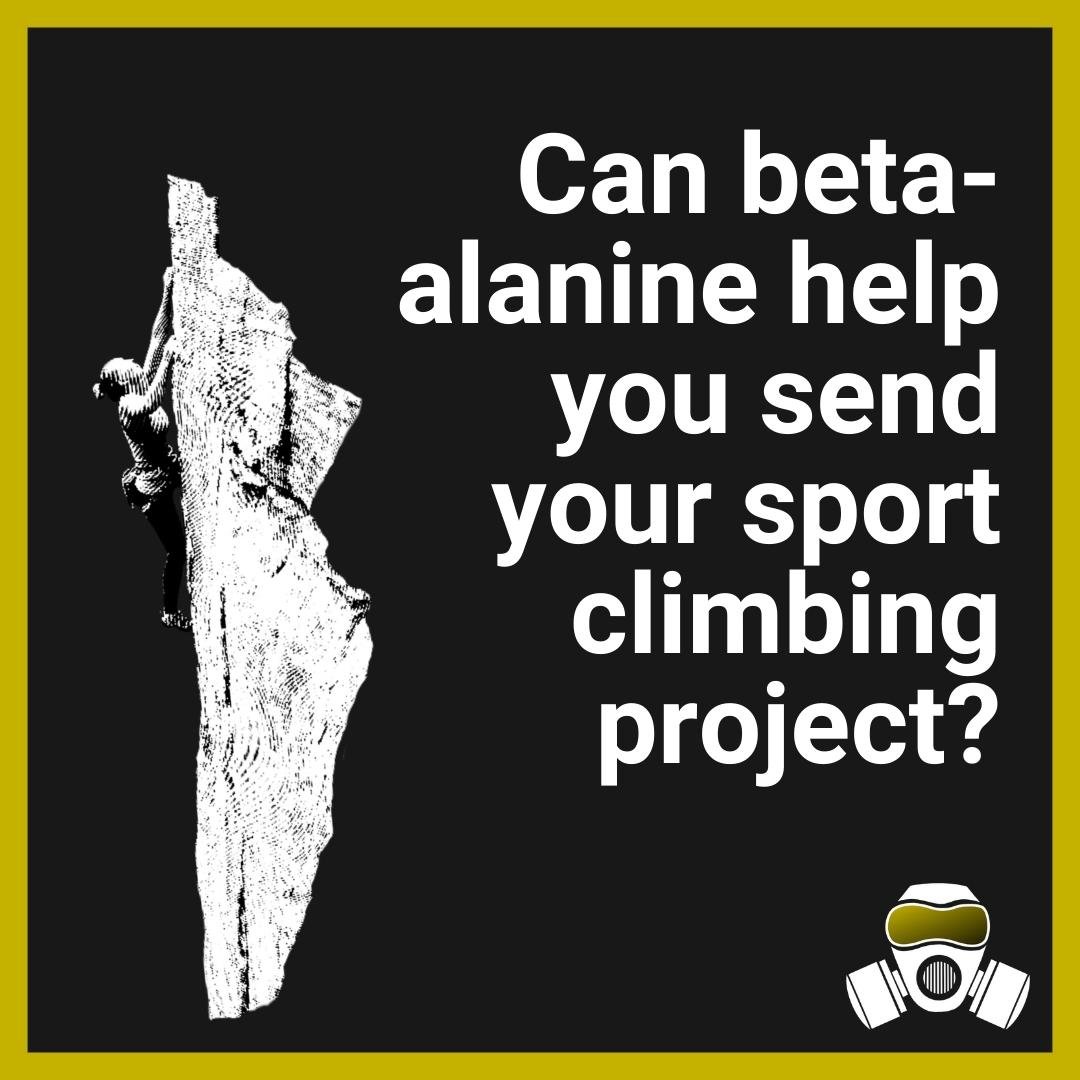

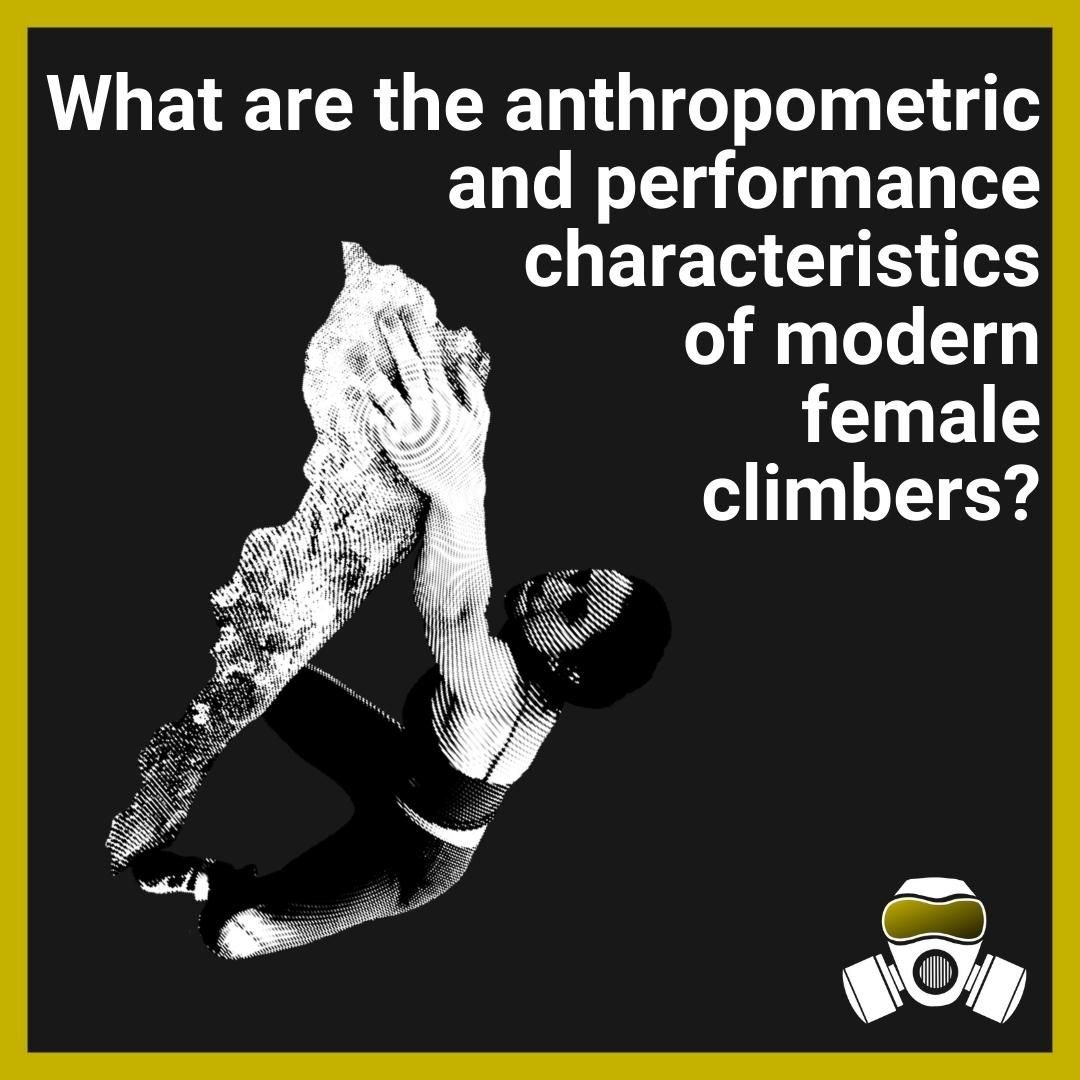
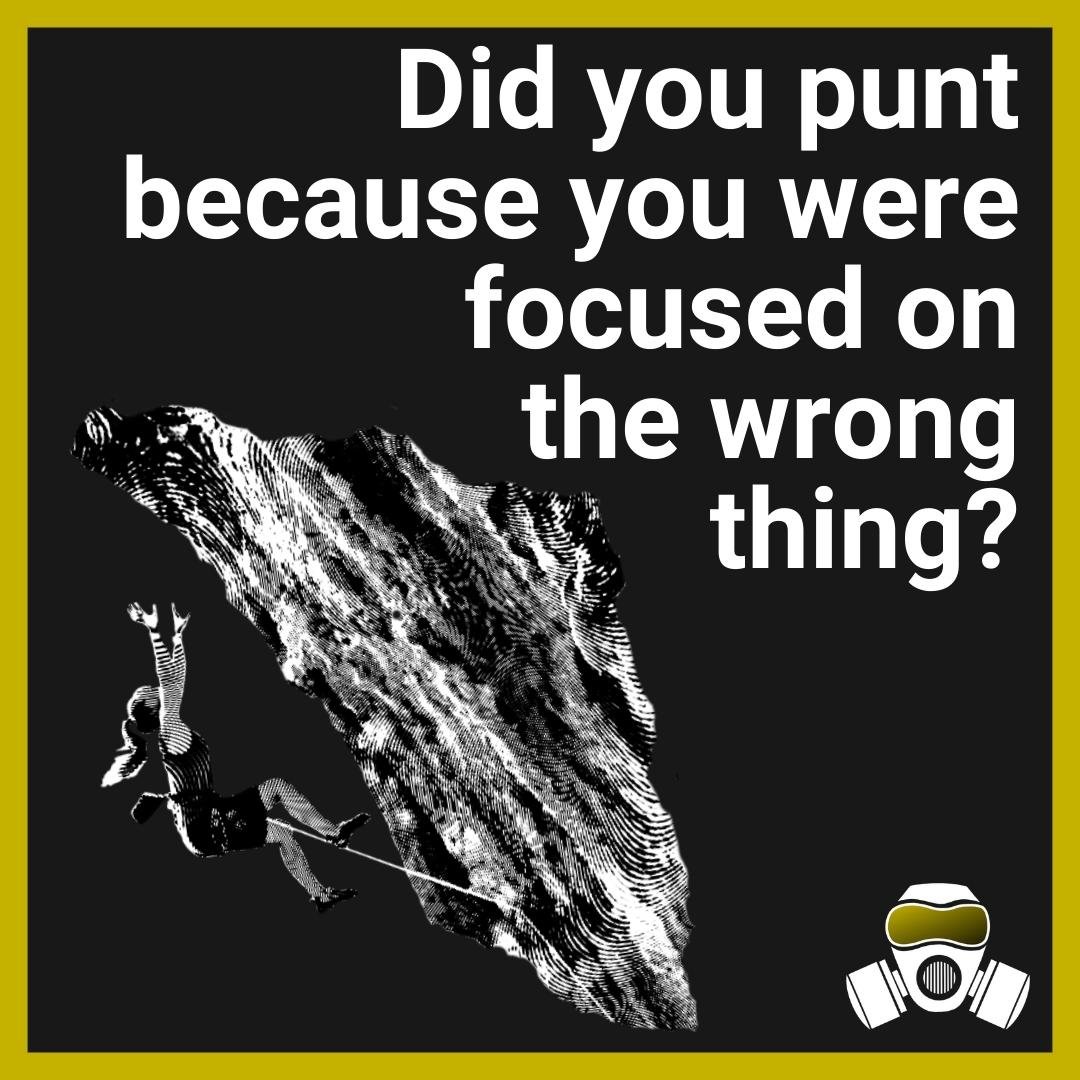
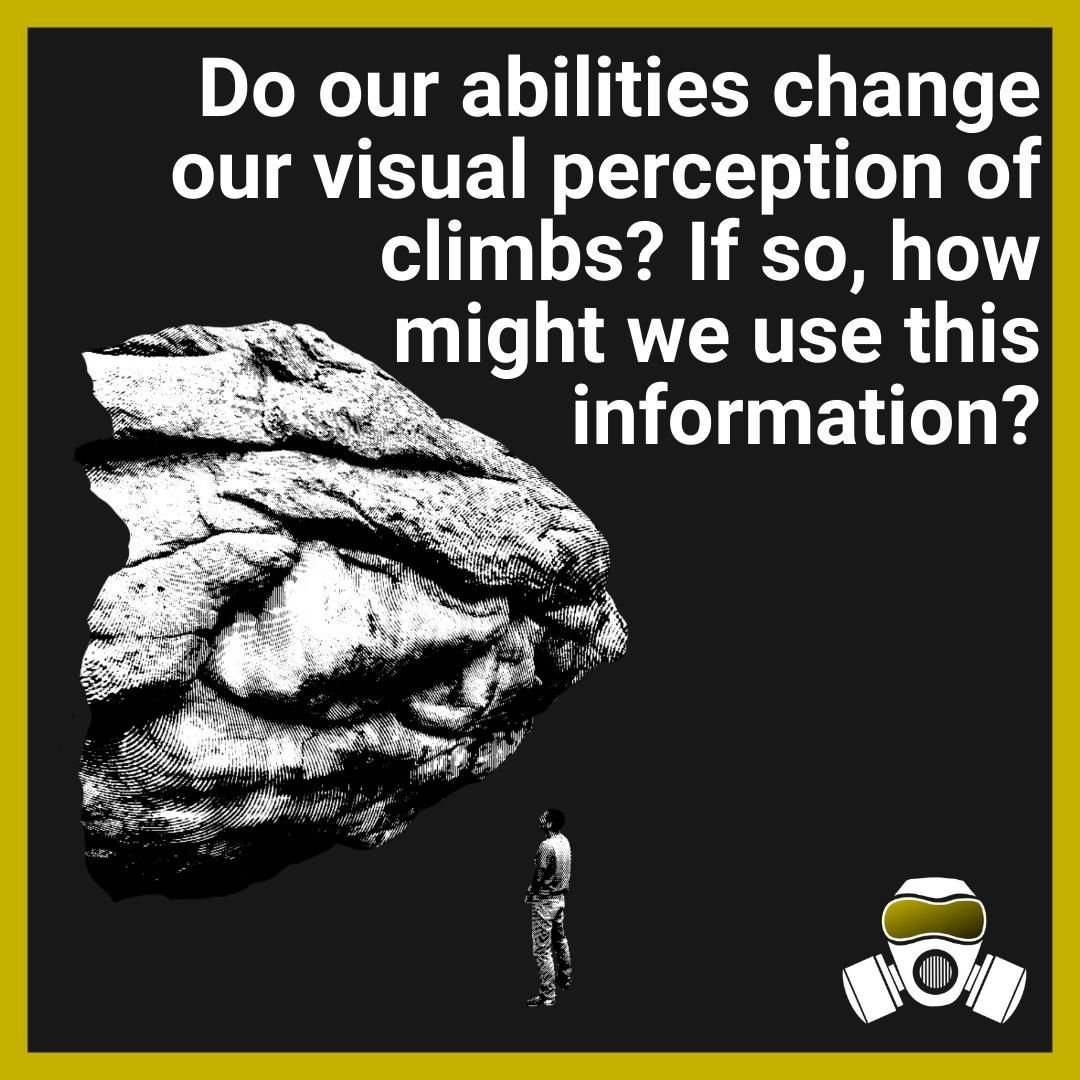
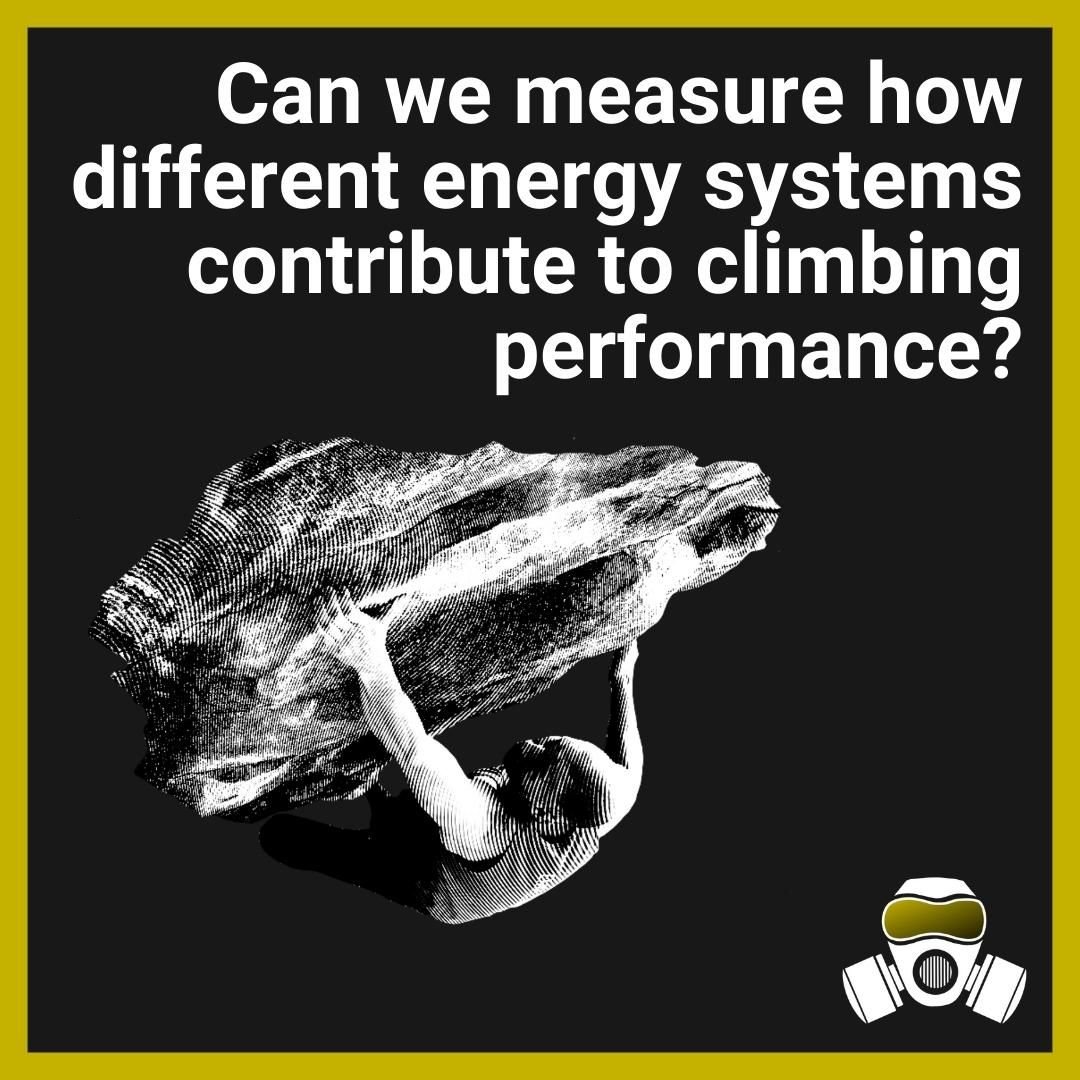
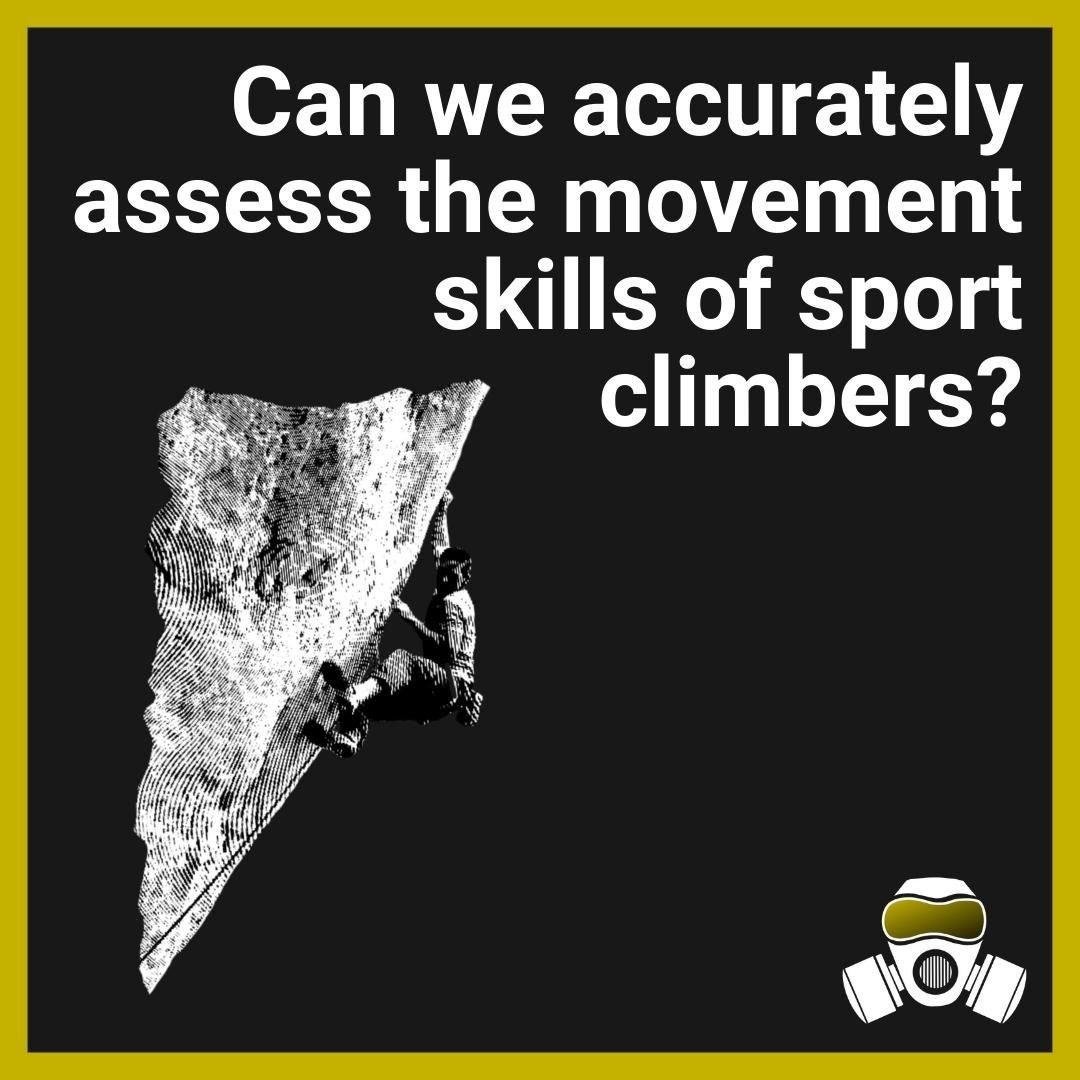
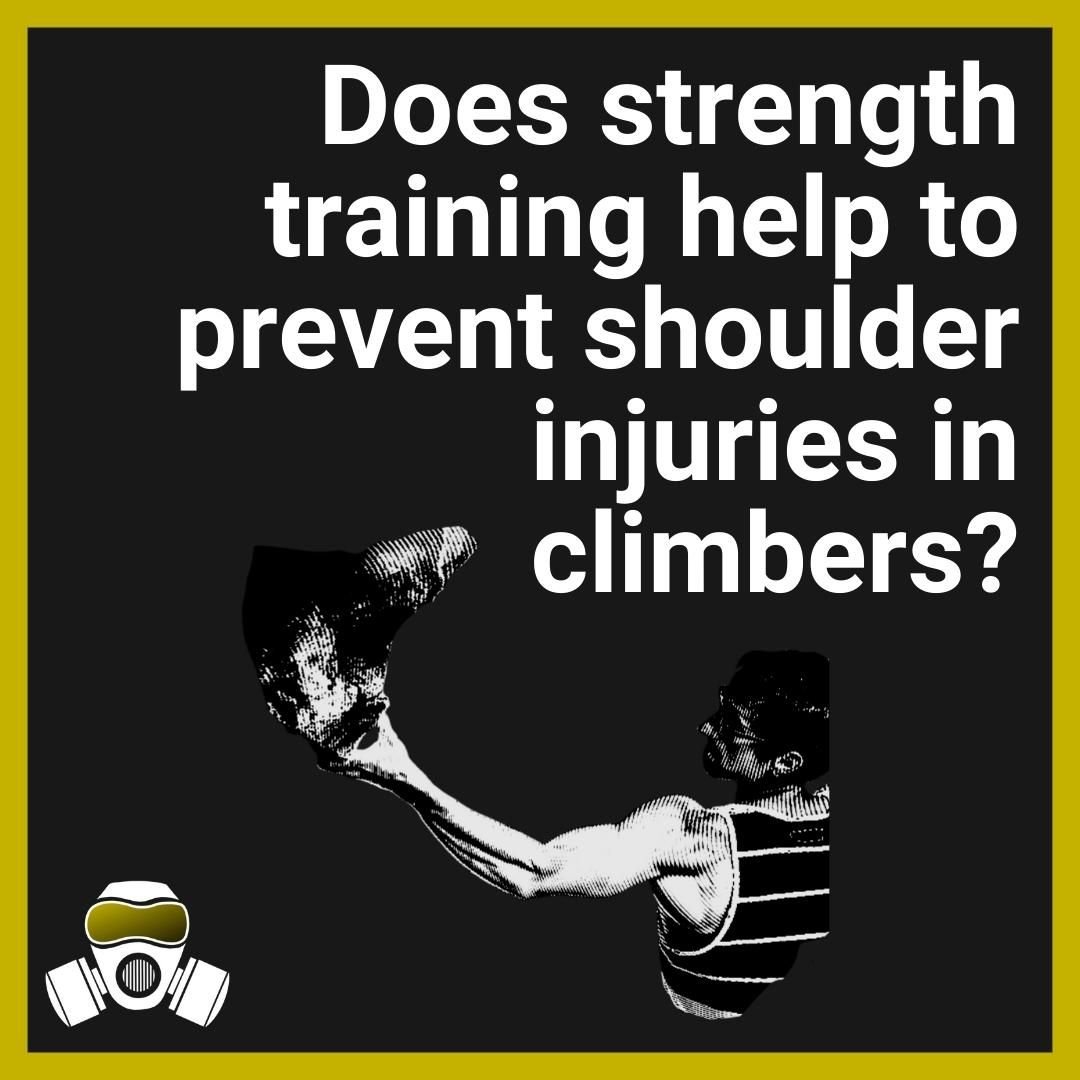











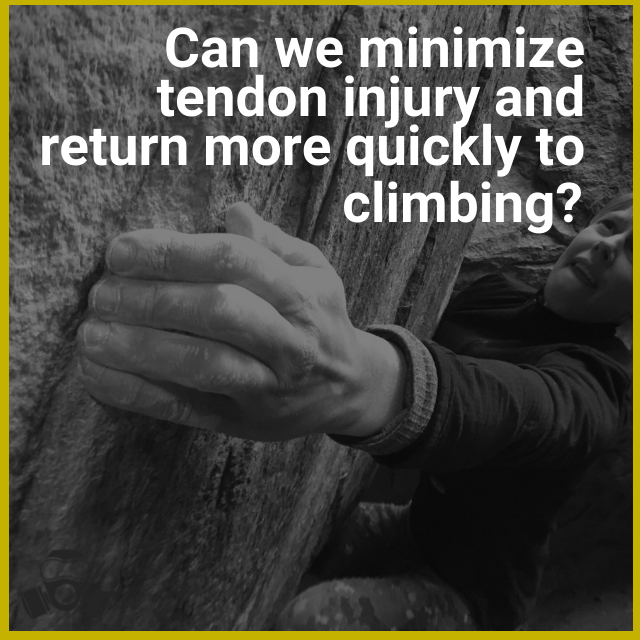
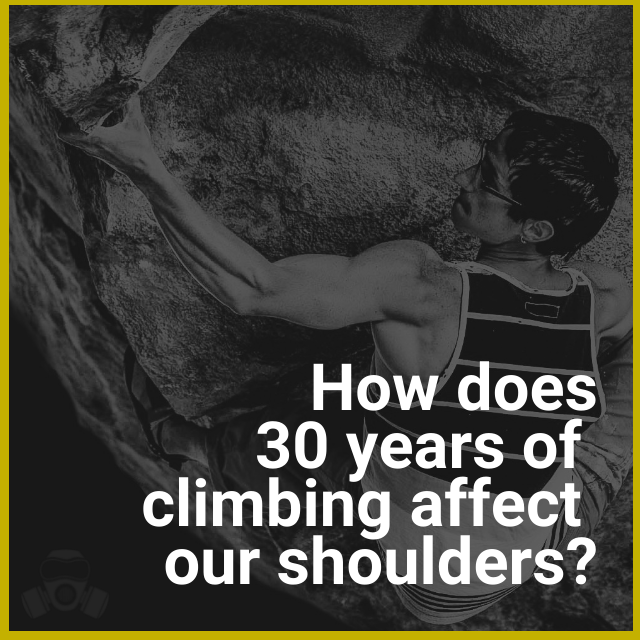

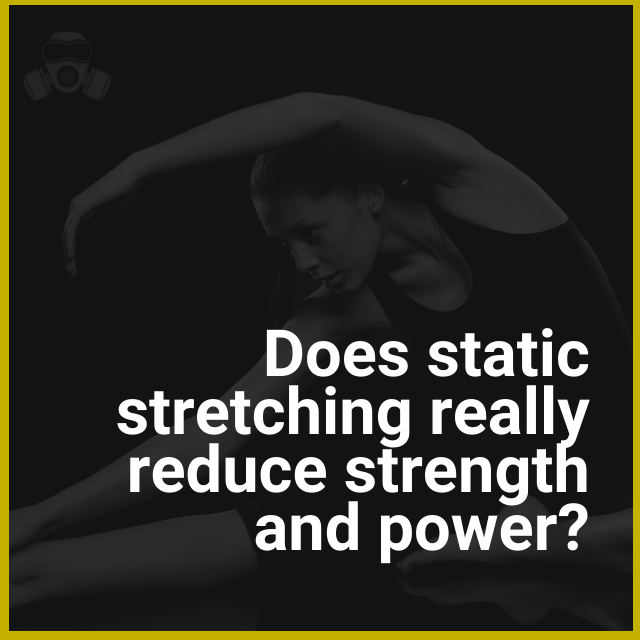



Kris and Paul dig into a paper that presents and then tests a method for measuring movement skills in sport climbing.